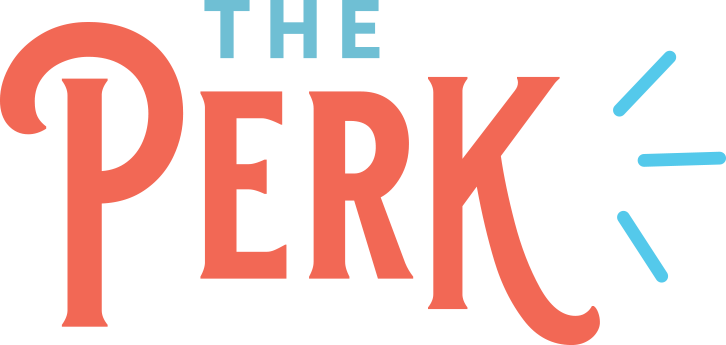Leadership for the Long Game: Prevent Burnout for Yourself & Your Team
Did you know that 81% of employees are at risk of burnout according to Mercer's 2024 Global trends report? Let that sink in: More than 8 out of 10 people feel symptoms of chronic stress to the point where it is likely to impact their work performance or retention. For companies that desire to keep recruitment costs low, build winning cultures, & build for long-term success beyond the next quarter, this whopping statistic necessitates a reevaluation of workplace culture & strategies. Below are our top tips to cultivate an organizational environment that not only prevents burnout but also enhances overall well-being for its employees.
Ways Stress & Burnout Impact Our Minds & Bodies
Stress & burnout significantly impact our neurological & physical health. Stress initiates a "fight or flight" response, releasing hormones like cortisol & adrenaline, which prepare the body for perceived threats. However, when this hormone activation continues over long periods of time it can lead to various health issues such as anxiety, depression, & heart disease. Burnout, a state of prolonged stress, leads to emotional, mental, & physical exhaustion, impairing one's ability to perform effectively at work. The three dimensions of burnout according to researcher & speaker Nina Nesdoly are:
Emotional exhaustion
Cynicism & depersonalization
Reduced professional efficacy
When people are under chronic stress, it results in key changes in the brain, such as the diminished connection between the amygdala & regulatory regions, which can make it hard for those experiencing burnout to control their emotions. It also decreases workers’ cognitive functions like concentration, creativity, & decision-making. Unless those who experience chronic stress recover adequately, this disruption to the brain's Default Mode Network (DMN) can even harm logical problem solving & memory consolidation.
6 Tips to Manage Stress & Prevent Burnout for Teams
Traditional approaches to stress relief & recovery often focus on an individual level & personalized wellness initiatives. But clients often ask, “How do I support my team to prevent larger burnout trends?
Below are six actionable tips to foster a burnout-resistant organizational culture:
1. Implement a Culture of Recognition:
When we feel gratitude or a sense of recognition, it fires up the prefrontal cortex, turns on the brain’s reward system & releases dopamine. It also actively reduces the level of the stress hormone, cortisol, in the body. Thus, when leaders create a supportive environment where efforts & contributions are acknowledged, this positive recognition significantly lowers stress levels & fosters a sense of belonging & appreciation among team members.
2. Prioritize Personal Well-being:
Encourage employees to proactively monitor & manage their health & happiness first. This not only sustains high productivity levels but also ensures long-term engagement & prevents burnout.
3. Establish Clear Boundaries:
Promote work-life separation through clear boundaries that reinforce personal well-being. Establish core team working hours & communication expectations, or encourage teams to create rituals related to the beginning or the end of the work day. For those that work remotely, they can light a candle or change clothes before the beginning of the workday to help transition between work & personal time effectively.
4. Support a Schedule with Regular Breaks:
Integrate short, frequent breaks throughout the workday & meeting schedule to combat mental fatigue & sustain productivity. This practice aligns with our neurological needs & enhances overall work performance. Schedule meetings for 25 or 50 minutes rather than for a full half hour, & encourage team members to stand up, drink water, or walk around every 90 minutes. When calculating working time for projects or other assigned tasks, include a 12% buffer to account for breaks.
5. Engage in Recovery Activities:
Support & encourage engagement in activities outside of work that reduce stress, such as hobbies, exercise, & quality time with loved ones. These activities are crucial for mental health & resilience against burnout. According to Dr. Saundra Dalton-Smith, we need 7 different types of rest:
Mental - quiet time free of stressors or distractions
Physical - sleeping or napping
Sensory - decrease bright lights, computer screens, or background noise
Creative - immersion in nature, or time to play
Emotional - safe method to express emotions
Social - interact with safe & supportive relationships
Spiritual – connect beyond the physical & mental & feel a deep sense of love & belonging.
6. Reframe Tasks with Mindful Language:
Altering task-related language from "I must do this task," to "I would prefer to get this done by X time," can decrease the perceived pressure of work demands, promoting a less stressful approach to achieving objectives.
By understanding the underlying causes of stress & burnout & implementing strategic measures, organizations can cultivate a healthier, more productive work environment. These practices not only enhance individual well-being but also reinforce the overall resilience of teams, paving the way for sustainable success & a thriving organizational culture.
You don’t have to do it alone. If you are interested in building a culture that promotes team well-being for sustainable productivity, connect with us!
Pssst...I LOVE connecting with & growing my community! Feel free to connect with me on LinkedIn - see you there! 🤗


